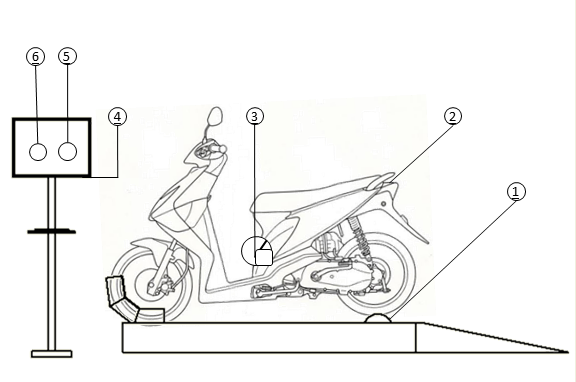Experimental Study of the Effect of Roller Shape Variations on the CVT System using Petrol-Pyrolytic Fuels toward the Power Characteristics of Automatic Motorcycles
DOI:
https://doi.org/10.37934/aram.123.1.185194Keywords:
Roller, CVT, Petrol-Pyrolytic Fuels, Automatic MotorcyclesAbstract
There are two types of two-wheeled vehicles when viewed from the transmission system: manual and automatic. The automatic transmission circuit on the automatic motor, the roller (ballast), is on the primary pulley. In the market, various rollers (weights) are sold, starting from those that are standard and different from the standard with lighter or heavier weight variations. However, there are also aftermarket rollers produced in several automotive industries, one of which is UNIONMATERIAL. The difference lies in the shape and materials used. This study aims to analyze the effect of variations in the shape of the roller on the characteristics of power transmission on automatic motorcycles. The type of vehicle used is a motorcycle produced in 2009 using a dyno test test with two test methods. The first test is from low engine speed ± 1400-1600 rpm to 9000 rpm, while the second test is from medium engine speed ± 4000 rpm to 9000 rpm. In addition, the fuel consumption test was also carried out. The variation used is a roller shape consisting of a round roller, a sliding roller, and a flying roller weighing 12 grams. The highest results obtained at a power of 0.7 HP occurred on the flying roller with 7.1 HP/ 3916 rpm, while the torque was 5.19 N.m on the flying roller (23.96 N·m/1250 rpm). There is an effect on fuel consumption, but not too significant. The biggest difference occurred in the engine parameter RPM 5000 of 0.1 between the flying roller (0.9 L/h) and sliding roller (0.9 L/h) with the round roller (1 L/h) - this happens because the shape of the flying roller is not cylindrical and more dynamic, which is adapted to the movable drive face. There is an additional wing on the roller weight. The data from the results of this study have implications for increasing vehicle performance without changing engine capacity, which requires large costs.
Downloads



























